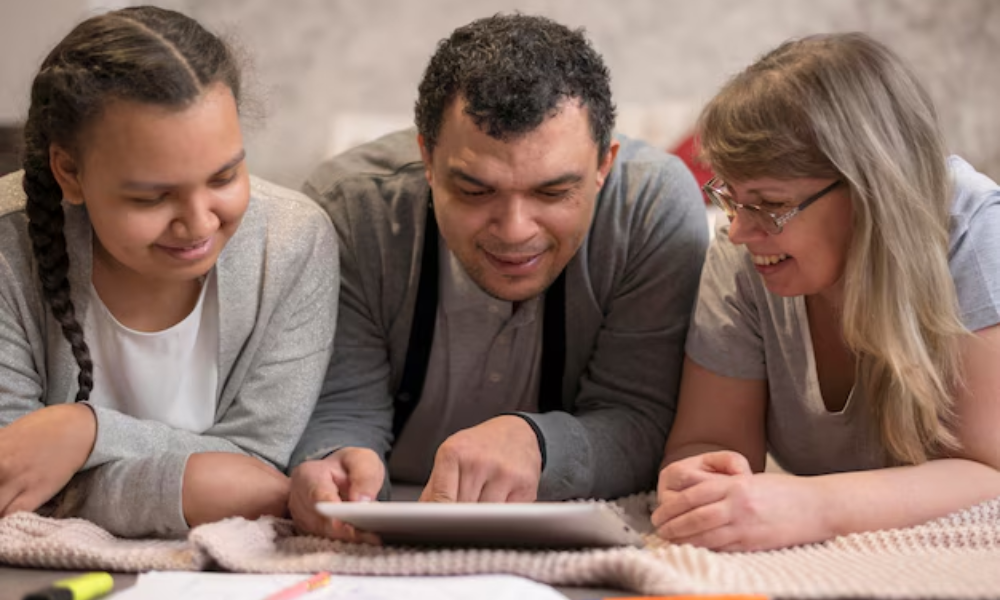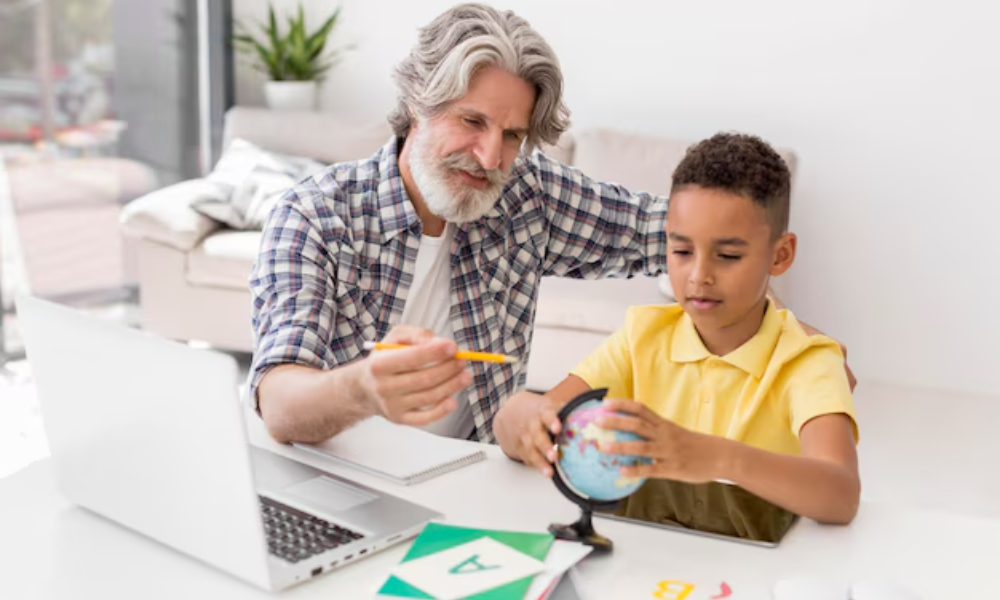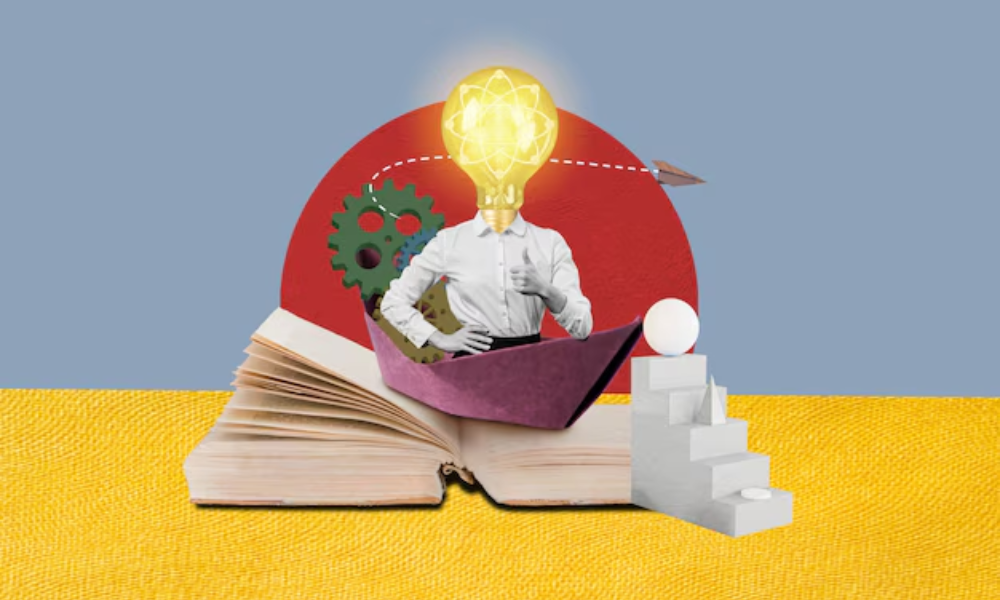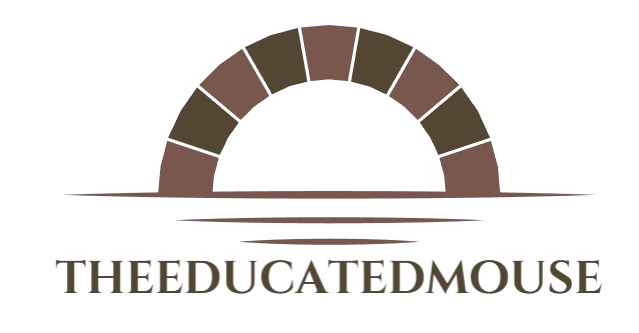In an era defined by rapid globalization and technological innovation, the way we approach education is undergoing a profound transformation. Learning is no longer confined to chalkboards and textbooks. Today’s effective learning techniques embrace diversity, foster critical thinking, and adapt to the needs of students across all age groups—from teenagers and college students to parents supporting younger learners.
To prepare for success in a connected world, we must shift our focus from rote memorization to strategies that promote deep understanding, cultural awareness, and lifelong curiosity. This article explores modern learning principles, actionable techniques, and the vital role of emotional well-being in shaping confident, capable learners for the future.

The Shift from Traditional to Transformational Learning
Conventional lecture-based instruction often fails to meet the varied needs of 21st-century students. Cultural backgrounds, personal learning styles, and language differences call for flexible, student-centered approaches. Education today is about fostering agency—empowering students to take ownership of their learning journeys while enabling parents to serve as engaged, informed supporters.
Modern classrooms are collaborative ecosystems where personalized strategies, emotional support, and technology converge to create meaningful learning experiences.

Laying the Groundwork: Key Principles of Effective Learning
Before applying any technique, understanding the foundational beliefs behind effective learning is essential. These include nurturing a growth mindset, tailoring learning to individual needs, and embracing cultural inclusivity.
1. Growth Mindset: Embracing the Power of “Yet”
Students with a growth mindset believe that intelligence and ability can develop with effort. Instead of fearing failure, they see it as a step toward progress. Parents play a pivotal role by praising persistence rather than perfection and helping children set achievable, growth-oriented goals.
2. Personalization: One Size Doesn’t Fit All
Recognizing that learners absorb information differently is vital. Some thrive on visual aids, others on group discussions or hands-on projects. Self-assessments and experimentation can help identify what works best. Parents and educators should guide learners in choosing tools and resources that complement their strengths.
3. Cultural Responsiveness: Learning Across Borders
In diverse classrooms and digital learning spaces, cultural awareness is key. Understanding and respecting different viewpoints enriches the educational experience and prepares students to operate in a global context.
Practical Learning Techniques for Engagement and Mastery
Effective techniques go beyond content—they shape how students interact with knowledge. Here are several evidence-based strategies to boost motivation and understanding:

Active Learning in Action
Instead of passively consuming information, students engage deeply through:
- Think-Pair-Share: Reflect, discuss with peers, and present insights.
- Role-Playing & Simulations: Practice real-life scenarios to build empathy and problem-solving skills.
- Interactive Workshops: Collaborate on challenges to enhance teamwork.
Gamification and Digital Tools
Game elements—points, challenges, and rewards—bring excitement to education. Technology further supports learning through:
- Personalized learning apps.
- Virtual labs and simulations.
- Friendly competitions among classmates or siblings.

Structured Study Habits
Good habits form the backbone of academic success. Tools like the Pomodoro Technique (short bursts of focused study), time-blocking schedules, and reflection journals keep learners organized and motivated.
Cultivating Lifelong Learners: Advanced and Adaptive Techniques
Learning doesn’t stop after school—it evolves. Preparing students for lifelong learning involves developing self-awareness, global competence, and intrinsic motivation.
Metacognitive Skills: Learning How to Learn
Metacognition involves thinking about thinking. Students who assess their own strategies and outcomes build confidence and improve problem-solving abilities.
Global Collaboration and Cultural Learning
From international programs to virtual exchanges, students can engage with peers worldwide—expanding their perspectives and communication skills. Parents and educators can facilitate these experiences in safe and meaningful ways.
Project-Based Learning
Linking lessons to real-world challenges—like community projects or environmental research—boosts engagement and helps students see the relevance of their studies.
Supporting Emotional and Mental Wellness in Learning
Academic performance is closely tied to emotional well-being. Stress and burnout can derail even the most capable students, while emotional resilience fuels curiosity and determination.
Mindfulness and Stress Management
Simple practices like breathing exercises, short walks, or guided meditations can significantly improve focus and reduce anxiety. Students should be encouraged to reflect on their emotions as part of their learning process.
Confidence and Self-Efficacy
Celebrating small wins, offering constructive feedback, and creating supportive environments help learners believe in themselves. Teenagers and college students benefit from peer support and accountability groups, while parents can model healthy habits at home.
Leveraging Technology for Global Learning
Today’s digital tools offer personalized, flexible, and borderless learning opportunities. From AI-powered tutors to online courses, technology allows learners to explore topics at their own pace and depth.
- Virtual Classrooms: Access to global educators and niche subjects.
- Adaptive Learning Platforms: Real-time adjustments based on performance.
- MOOCs and Educational Videos: Resources to deepen understanding beyond the curriculum.
Parents can guide younger learners in navigating these platforms, while older students can integrate digital resources into their regular study routines.
Sustaining Progress: Implementation and Long-Term Success
Effective learning isn’t just about knowing what works—it’s about putting it into practice consistently.
Steps for Implementation:
- Evaluate Current Habits: Identify gaps and strengths.
- Select Appropriate Techniques: Choose what aligns with the learner’s needs.
- Set Achievable Goals: Combine short-term wins with long-term vision.
- Incorporate Emotional Balance: Blend mindfulness into routines.
- Review and Adjust: Continuously reflect and refine strategies.
Beyond the Classroom: Measuring Growth
Success goes beyond test scores. Tracking motivation, emotional health, and curiosity offers a fuller picture. Weekly check-ins, progress journals, and open conversations can sustain momentum and encourage reflection.

A Vision for the Future: Redefining Academic Success
The true goal of education isn’t just academic achievement—it’s the development of thoughtful, adaptable, and compassionate individuals. Critical thinking, resilience, empathy, and cultural literacy are the hallmarks of learners ready to thrive in an unpredictable world.
By combining strategic techniques with emotional support and global awareness, students become lifelong learners. And with engaged parents and educators by their side, they’re empowered to lead, innovate, and shape a brighter future.
Conclusion
The path to global success begins with effective, human-centered learning. Whether you’re a student preparing for tomorrow or a parent guiding the next generation, embracing these modern strategies creates a foundation for lasting growth. In a world where change is the only constant, the ability to learn, unlearn, and relearn will be the most valuable skill of all.





